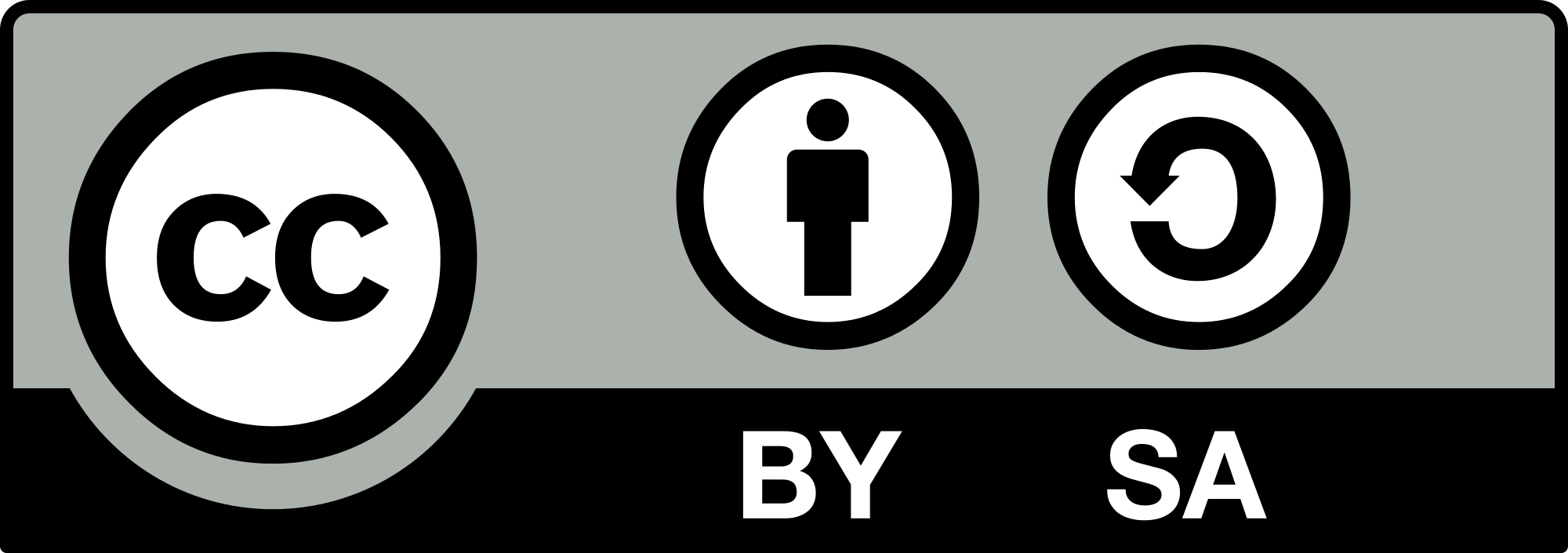CONNECTION MODEL OF CONCRETE FILLED STEEL TUBE (CFT) COLUMN TO STEEL BEAM UNDER CYCLIC
Abstract
Keywords
Full Text:
PDFReferences
Fukumoto, T., 2005. “Steel beam to concrete-filled steel tube column, moment connections in Japan.” Steel Structures, 5: 357-365.
Alostaz, Yousef M., and Schneider, Stephen P., “Connections to Concrete Filled Steel Tube.” Urbana. 1996.
Shin, K.-J., Y.-J. Kim, et al. 2004. "Behavior of welded CFT column to H-beam connections with external stiffeners." Engineering Structures 26(13): 1877-1887.
Sheet, Ikhlas S., Gunasekaran, Umarani, MacRae, Gregory A., 2013. “Eskperimental investigation of CFT column to steel beam connections under cyclic loading.” Elsevier
Denavit, Mark D., and Hajjar, Jerome F., 2010. “Nonlinear Seismic Analysis of Circular Concrete-Filled Steel Tube Members and Frames.” Urbana.
Morino, S. and K. Tsuda. 2003. "Design and construction of concrete-filled steel tube column system in Japan." Earthquake Engineering and Engineering Seismology 4(1): 51-73.
Anderson, D., Clifton, C., Leon, R.T., 2012. “Composite Steel-Concrete Construction for New Zealand.” New Zealand.
Dessouki, Abdelrahim K., Yousef, Ahmed H. and Fawzy, Mona M., 2013. “Stiffener Configurations in Moment Connections Between Steel I-Beams and Concrete-Filled Steel Tube Columns.” Cairo.
Kurobane, Y., J.A. Packer, J. Wardenier and N. Yeomans, 2004. “Design guide for structural hollow section column connections”. CIDECT, pp: 9.
Corenc, B. E., Tinyou, Ron, and Syam, A. A., “Steel Designers' Handbook 8th Edition.” UNSW Press Book. 2012.
Kmiecik, P., Kaminski, M., 2011. “Modelling of Reinforced Concrete Structures and Composite Structures with Concrete Strength Degradation Taken Into Consideration.” Poland.
SNI 1726:2002, Standar Perencanaan Ketahanan Gempa Untuk Struktur Bangunan Gedung.
DOI: http://dx.doi.org/10.12962/j20861206.v34i1.5178
Refbacks
- There are currently no refbacks.

Journal of Civil Engineering is licensed under a Creative Commons Attribution-ShareAlike 4.0 International License.








.jpg)